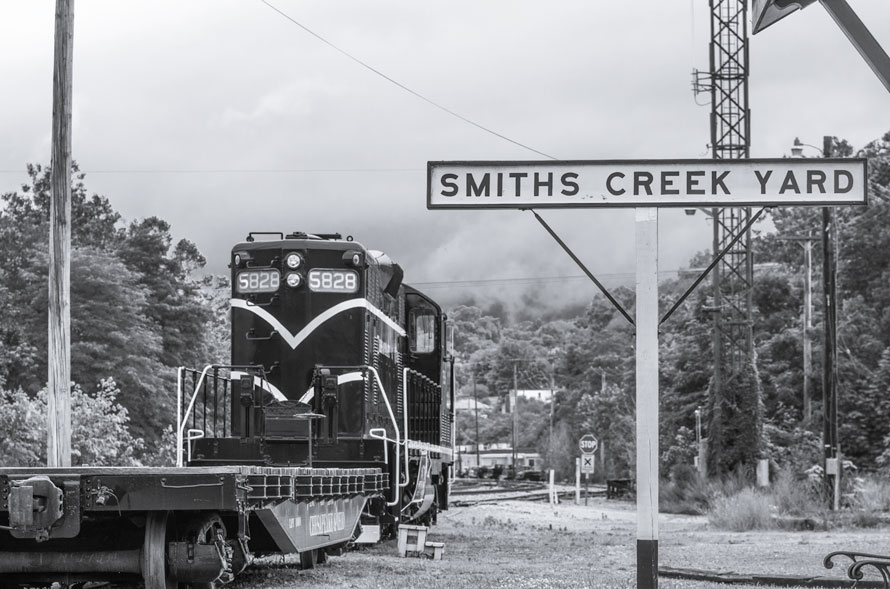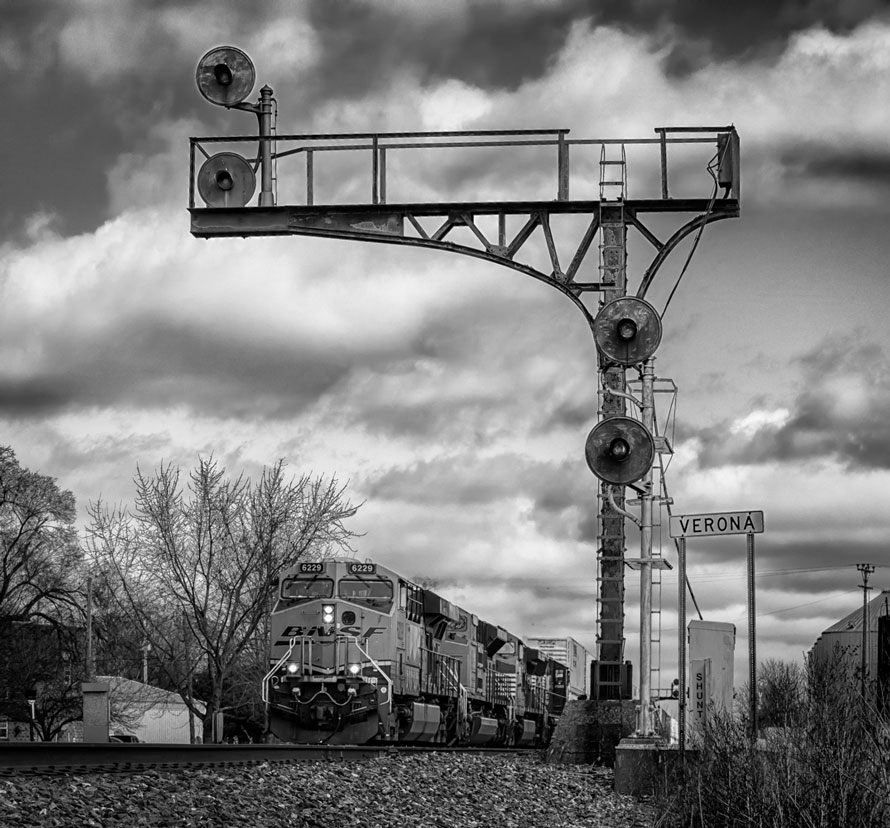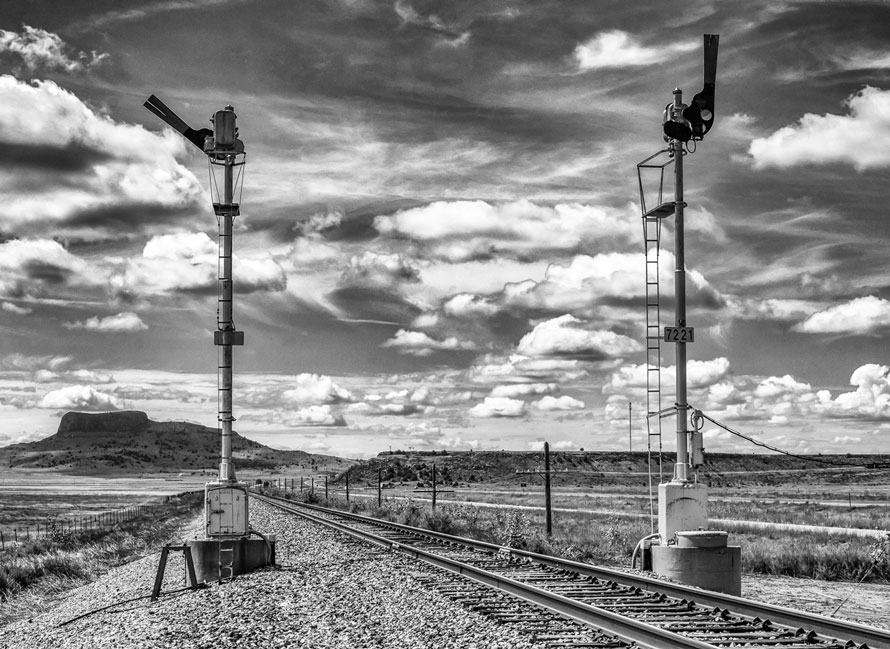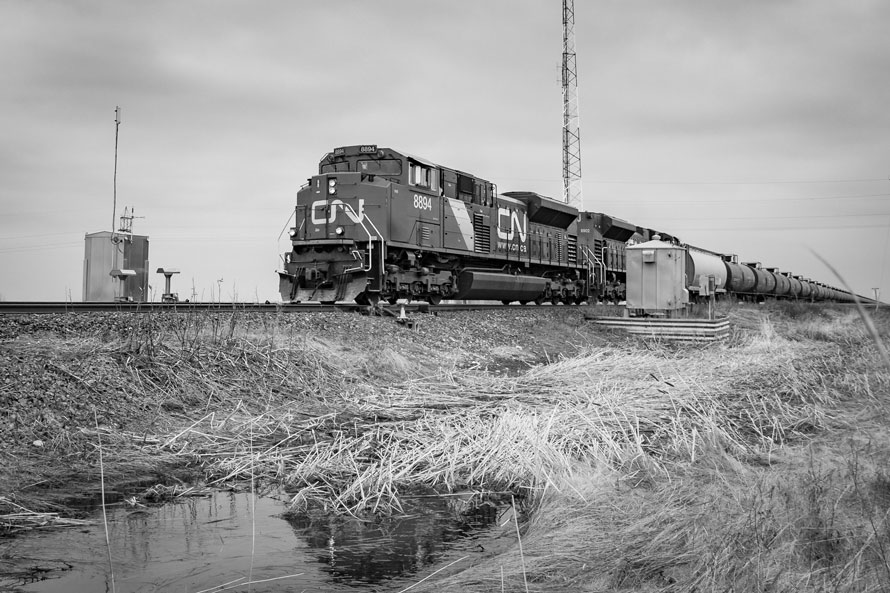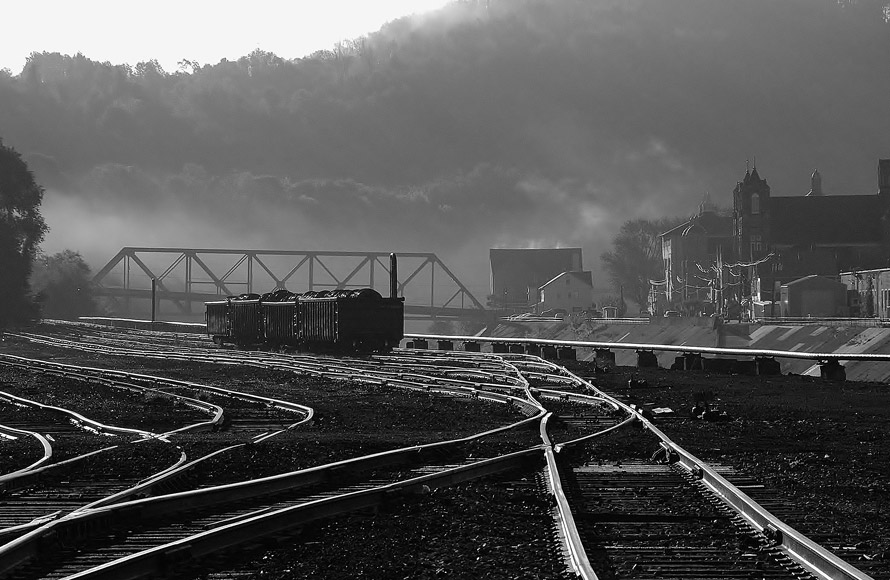The Scene in 1984
Among my nearly annual visits to the Canadian West, 1984 was a momentous year . At Portage la Prairie, Manitoba, I spent time trackside observing and photographing the many Canadian National (CN) and Canadian Pacific (CP) freight trains, as well as VIA Rail passenger trains that emanated from the provincial capital of Winnipeg, fifty-five miles to the east. At Portage, more lines (subdivisions) spread out. During that June visit, my genial hosts (aunt and uncle!) let me use their Toyota to visit many nearby Manitoba towns.
While the Western Canadian grain industry was contracting—undergoing major changes—I realized that the handwriting was on the wall for Canada’s wooden “country” elevators. Consequently, I made the effort to photograph them. While doing so, I noticed myriad trackside details that completed the Manitoba trackside scene. Read more
